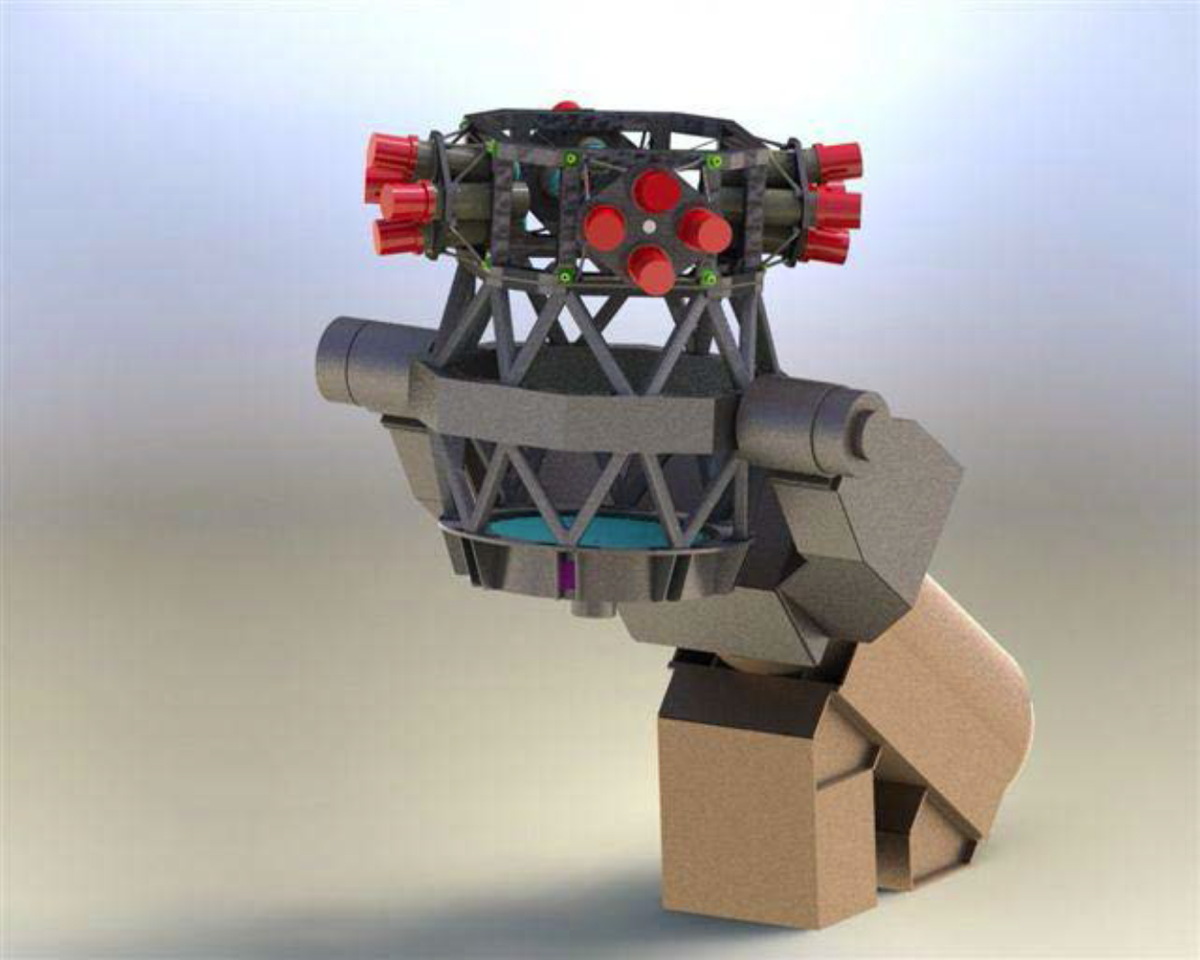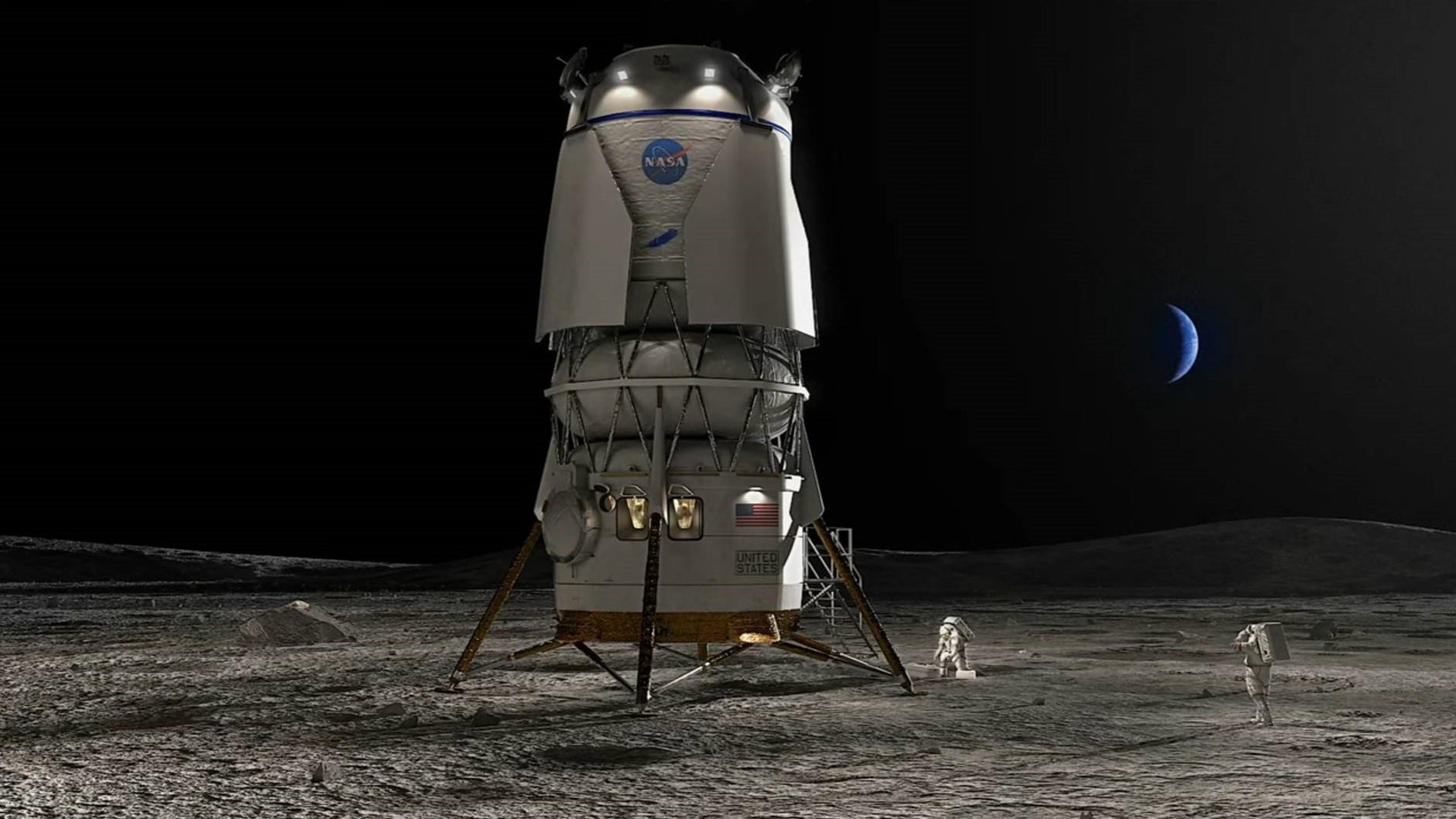Wild Bug-Eyed Telescope to Hunt Dangerous Asteroids (Video)
A new European telescope inspired by an insect's eye could help protect Earth from dangerous asteroids when it begins hunting space rocks next year.
The prototype survey telescope, nicknamed "Fly-Eye," is designed to split images it takes of the sky into 16 smaller images for a larger field of view- a handy asset when scanning the entire sky for near-Earth objects (NEOs). The technique is similar to the way a fly's compound eye works, according to the European Space Agency (ESA). A new ESA video shows an animation of the Fly-Eye telescope.
"The development of the first optical sensor specific to ESA's NEO search and discovery activities is a fundamental step toward Europe’s contribution to safeguarding our planet from possible collisions by dangerous objects," Nicolas Bobrinsky, Head of ESA's Space Situational Awareness Program (SSA) said in a statement. [See images of potentially dangerous asteroids]

The new telescope should eventually be part of a network of asteroid-hunting observatories that could find potentially dangerous asteroids, which humans will do follow-up observations on, ESA officials said. Under ideal conditions, the network should be able to spot cosmic objects that are 131 feet (40 meters) across or larger at least three weeks before impact, according to ESA.
"The new telescopes would provide the resolution necessary to determine the orbits of any detected objects," Gian Maria Pinna of SSA said in the same statement. "If the prototype confirms the expected performance, it will pave the way to full procurement and deployment of the operational network of telescopes."
The "Fly-Eye's" field of view is wide. The telescope will be able to see a patch of sky that is about "13 times the diameter of the moon as seen from Earth," ESA officials said.

"This novel technology is key to the future NEO survey network," Pinna said.
Get the Space.com Newsletter
Breaking space news, the latest updates on rocket launches, skywatching events and more!
Amateur astronomers and officials working with space agencies around the world track asteroids and other cosmic bodies from Earth's surface. So far, scientists have found and calculated the orbits of more than 10,000 near-Earth objects.
Follow Miriam Kramer @mirikramer and Google+. Follow us @Spacedotcom, Facebook and Google+. Original article on Space.com.
Join our Space Forums to keep talking space on the latest missions, night sky and more! And if you have a news tip, correction or comment, let us know at: community@space.com.

Miriam Kramer joined Space.com as a Staff Writer in December 2012. Since then, she has floated in weightlessness on a zero-gravity flight, felt the pull of 4-Gs in a trainer aircraft and watched rockets soar into space from Florida and Virginia. She also served as Space.com's lead space entertainment reporter, and enjoys all aspects of space news, astronomy and commercial spaceflight. Miriam has also presented space stories during live interviews with Fox News and other TV and radio outlets. She originally hails from Knoxville, Tennessee where she and her family would take trips to dark spots on the outskirts of town to watch meteor showers every year. She loves to travel and one day hopes to see the northern lights in person. Miriam is currently a space reporter with Axios, writing the Axios Space newsletter. You can follow Miriam on Twitter.
